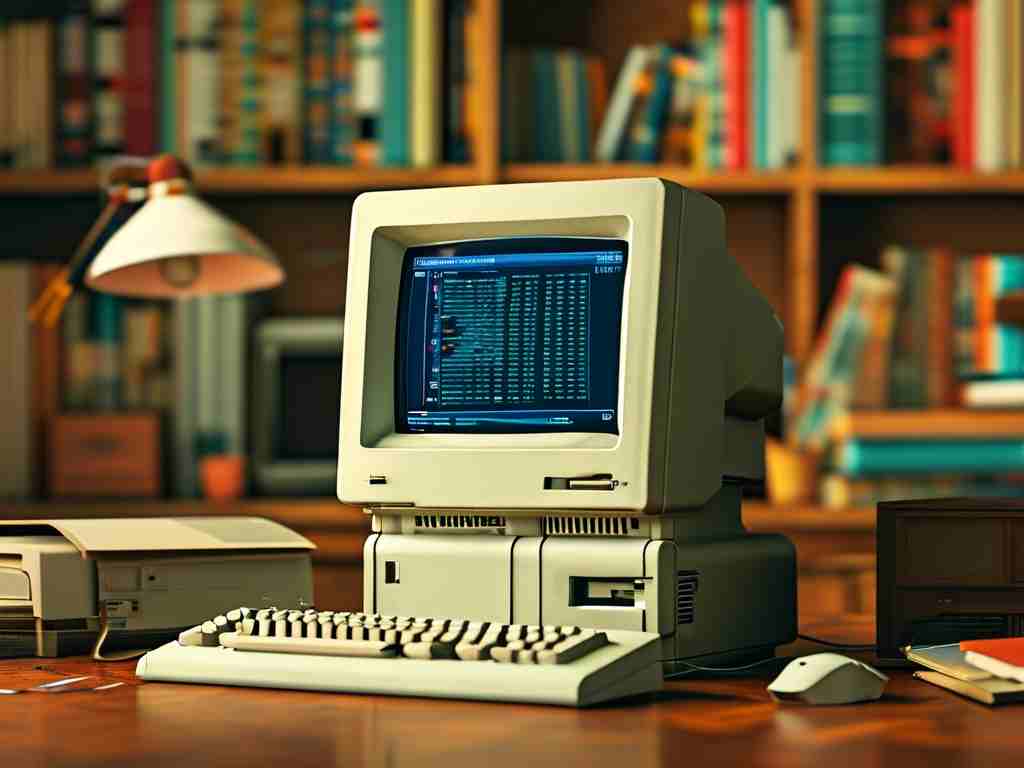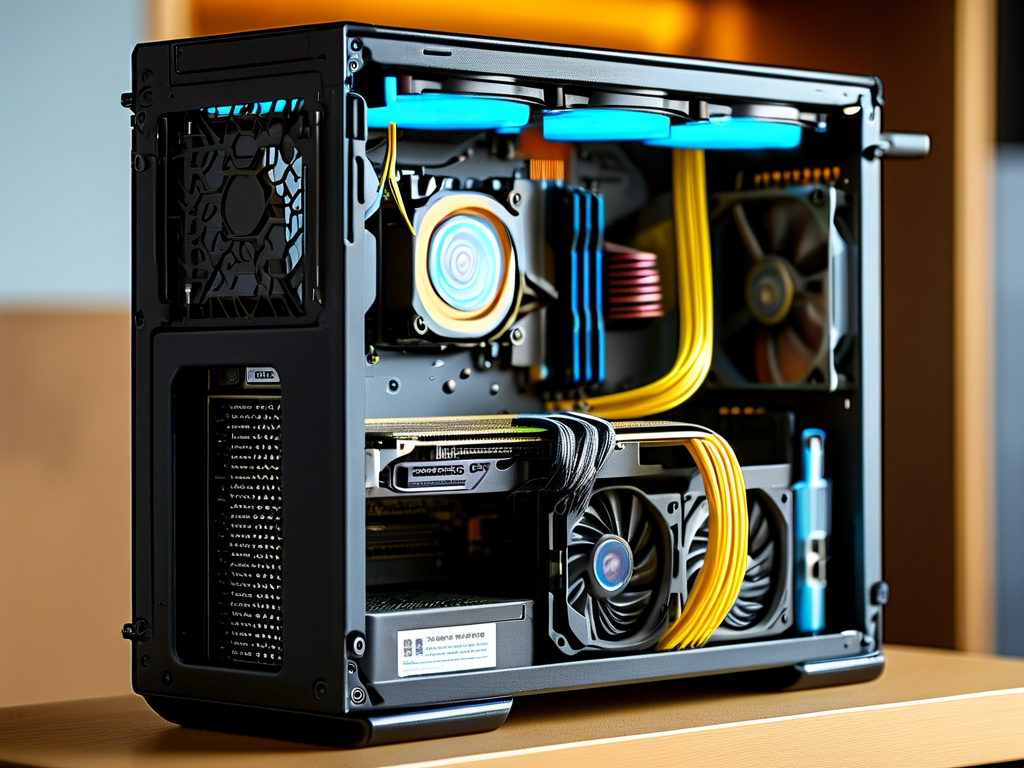As aging computers struggle with limited storage and sluggish performance, learning to manage disk space becomes critical. Unlike modern devices with cloud integration and automated maintenance tools, older machines require manual intervention to stay functional. This guide explores practical strategies tailored for legacy systems running Windows XP, Vista, or early Windows 7 versions, focusing on methods that avoid third-party software dependencies.

Understanding Storage Limitations
Older hard disk drives (HDDs) typically range from 80GB to 500GB, with system files consuming 15-20GB. Users often unknowingly accumulate redundant data: Windows update backups ($NTUninstall folders), temporary internet files, and duplicate document versions. A 2009 study revealed that 63% of recycled office PCs contained over 12GB of recoverable junk files.
Manual Cleanup Protocol
Begin by launching the native Disk Cleanup utility through Start > Run > cleanmgr.exe. Select the target drive and check categories like:
- Temporary Internet Files
- System Error Memory Dumps
- Windows Update Cleanup
For advanced users, open Command Prompt and execute:
del /s /q C:\Windows\Temp\*.*
This recursively deletes temporary system files while bypassing permission prompts.
Registry and Startup Management
Legacy systems suffer from registry bloat caused by improper software uninstalls. Use the built-in regedit tool to manually remove orphaned entries under:
HKEY_LOCAL_MACHINE\SOFTWARE
HKEY_CURRENT_USER\Software Limit startup programs via msconfig to reduce boot-time memory allocation.
Hardware Augmentation Techniques
When software cleanup proves insufficient, consider hardware upgrades:
- Replace HDDs with SATA SSDs using IDE-to-SATA adapters
- Install secondary storage via USB 3.0 external drives
- Expand memory with compatible DDR2/DDR3 RAM modules
A 2015 case study demonstrated that adding 4GB RAM and a 120GB SSD to a 2008-era Dell OptiPlex 760 reduced boot time from 4.2 minutes to 38 seconds.
Preservation Best Practices
Implement a 30-day file rotation policy for downloads and documents. Store media files on network-attached storage (NAS) devices or burn archival DVDs. For developers maintaining legacy systems, script scheduled cleanups using PowerShell 2.0:
Remove-Item -Path "$env:TEMP\*" -Recurse -Force -ErrorAction SilentlyContinue
Regular maintenance not only recovers storage but also reduces mechanical hard drive wear. Industry data shows proper disk management can extend HDD lifespan by 40% in systems over 10 years old. While modern solutions prioritize replacement, these hands-on approaches breathe new life into aging hardware, delaying obsolescence through conscientious digital stewardship.









